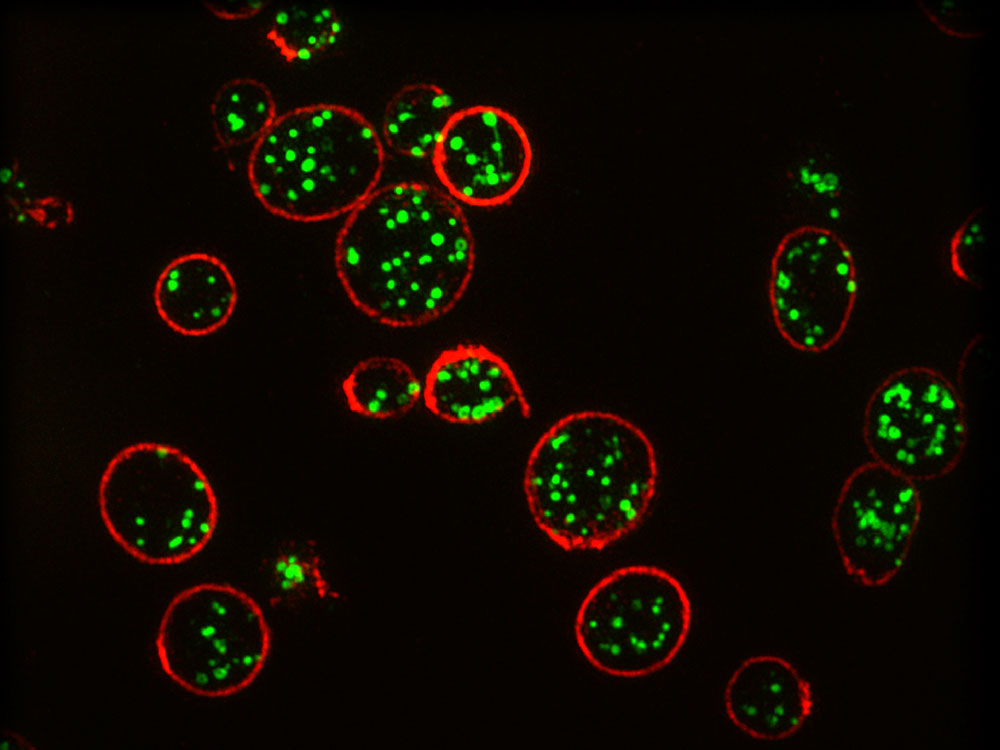Astronomy Technique Improves Fluorescence Microscopy

Researchers at HHMI’s Janelia Research Campus are reporting success in using an innovative astronomy technique in unblurring microscopic images in laboratories everywhere. Borrowing phase diversity method helped correct distortions in florescence imaging.
Fluorescence microscopy is widely used in biological research because of its ease of use, contrast, speed, resolution and the possibility of live imaging. The biggest drawbacks of this form of imaging are due to the unpredictable retractile nature of biological samples and misaligned optics. This causes excessive light emissions, photobleaching and bending of light, leading to blurry images beyond a particular level of magnification. In samples thicker than a single cell, the presence of optical aberrations severely hinders diffraction-limited imaging.
Currently solution of using Adaptive Optics (AO) helps sense and cancel such optical aberrations. However, AO faces multiple drawbacks due to it being too complex to implement, slow and expensive. Hence this solution is not used by most laboratories.
Borrowing inspiration from astrophysics, the team first adapted the phase diversity algorithm and initially validated it through simulations. The technique requires adding known aberrations that allow the rest of the image to be deblurred. The team built an actual microscope with a deformable mirror and two additional lenses to create the known aberrations. Improvements were also made to the astronomy software used for phase diversity correction to adapt it to microscopy such as adding neural networks in conjunction with additional diversity images.
The paper published in Optica details showed that their technique could calibrate the deformable mirror almost 100 times faster than competing techniques such as AO. Furthermore, they successfully sensed and corrected randomly generated aberrations, resulting in clearer images of fluorescent beads and fixed cells.
The researchers are further looking at improving the speed of the phase diversity algorithm by rewrittin the either algorithm in a compiled programming language and also suggest usign a different optimization method. Finally, a clear next direction is the application of their method to systems that provide optical sectioning, including light sheet and confocal microscopy.

